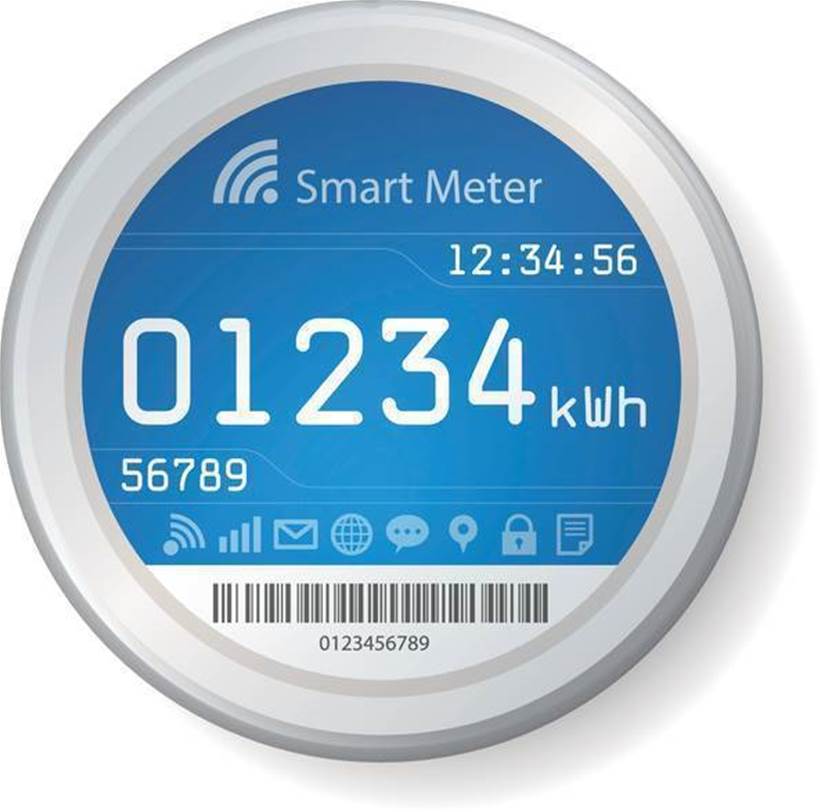December 1, 2017 is a significant day for Australian electricity consumers, although few will likely be aware of it.
It’s the day when electricity generators and distribution infrastructure owners lose their monopoly over the provision of electricity meters, enabling the customer’s retail provider to select their preferred metering technology and metering service provider.
The lack of such a regime has significantly held back the deployment of smart metering in Australia, and the benefits it brings. Victoria legislated the introduction of smart metering several years ago because it dictated a single solution its success has been mixed.
Announcing the ‘Power of Choice’ regime on its web site, the Australian Energy Market Commission (AEMC) said the new framework was designed to promote innovation and lead to investment in advanced meters that deliver services valued by consumers at a price they are willing to pay.
“Improved access to the services enabled by advanced meters will provide consumers with opportunities to better understand and take control of their electricity consumption and the costs associated with their usage decisions,” AEMC said.
One retailer, AGL, lists the benefits of a smart digital meter as being:
- It will remove the need for estimated bills and onsite meter reads.
- It will provide consumers with access to greater electricity consumption information to help them manage electricity usage.
- It will be easier and cheaper to move properties because the electricity supply will be able to be disconnected and reconnected remotely.
Tenants in rented properties will not need their landlord’s permission to request installation of a smart meter.
According to a January 2017 report from the CSIRO, Electricity Network Transformation Roadmap, a rapid uptake of smart meter installation in the next four years is essential for the transition to better tariffs that will enable substantial economic benefits and also remove cross subsidies.
Millions of smart meters needed
Research firm Energeia is predicting that the new Power of Choice regime will see four million smart meters installed over the next five years, but the report says: “Installation levels will need to be well beyond this projection. Almost universal penetration is required to enable an early transition to demand based tariffs and realise significant economic benefits.”
Energy Networks Australia has predicted that the new rules would likely see almost two million meters being installed between 2016 and 2020 to replace old meters and connect new customers, with possibly three million other smart meters installed where customers take up new technologies or tariffs.
It added: “Even with these projections, smart meter penetration will be below 60 percent – well behind most markets in Asia and Europe.”
New Zealand’s smart metering lead
New Zealand also has a significant lead. The NZ Electricity Authority announced in September 2016 that more than 70 percent of the country’s electricity connections had smart meters, and said an increasing number of electricity retailers were exploiting the technology to deliver new customer service, and that a number of new retailers were entering the market, leveraging the technology to offer benefits to consumers.
“The retailers that require smart meters to be installed, have built their business models to use smart meter data to reduce costs, increase efficiency, improve customer service and offer new services and tariffs,” the authority said.
One company hoping to capitalise on the Power of Choice regime is New Zealand energy company Vector, which through its metering arm Vector Advanced Metering Services provides metering for more than one million homes and businesses in New Zealand.
This week it announced that it had secured a three-year contract to provide metering services to Australian power generator EnergyAustralia which it said would see it deploying advanced meters on behalf of at least four electricity retailers in 2018 across New South Wales, Queensland, South Australia and the ACT.
Metering that’s beyond smart
Vector is also likely to bring artificial intelligence and machine learning technologies to exploit the power of smart meters. The company is a user and reseller of energy network monitoring, control and data analytics software from Israeli company, mPrest – and a significant shareholder in the company.
Vector says is able to use self-learning techniques to assess and predict a range of network variables including loads, market dynamics, storage, customer demand and capacity.
Vector CEO, Simon Mackenzie, said: “Using mPrest's comprehensive monitoring, analytics and control software allows us to manage complex energy systems in much more sophisticated ways, harnessing the power of artificial intelligence and rapid and cumulative decision making to unlock new energy solutions for consumers.
“It means that from Vector's control room, with one set of management software, our engineers can better predict and manage outages by optimising DERs [distributed energy resources] to enable a streamlined, efficient delivery of energy to and from the grid.
“That's never been a possibility up until now. This helps 'democratise' energy, enabling customers to easily access low cost energy and control different network inputs to optimise their energy use and cost.”







